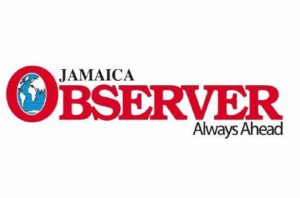Adapt or die…the Kodak lesson
The laws of nature apply in the jungles of Africa as much as they do in the concrete jungle, aka the corporate workplace. Recent business history is littered with the obituaries of market-leading companies that snubbed or embraced new technologies and processes. Two companies come readily to mind — Kodak and Xerox. Both were so entrenched in their respective core markets that the very function of their flagship products became global jargons. A ‘Kodak moment’ was synonymous with using their camera to capture the moment, and ‘Xerox-ing’ a document meant you photocopied it. By virtue of that, one would have expected them to adapt to the requirements of the market and outclassed any competition. Kodak should have evolved into a massive digital imaging business insulated from the likes of Sony and Canon, but the company failed to adapt, filing for bankruptcy in 2011. Xerox, on the other hand, pivoted from focusing on machinery to become one of the world’s leading business processes firms. The difference? Adapting to emerging markets and technological trends, and a willingness to invest in their most important resource — their people.
Humans are naturally resistant to change, whether at the level of ownership, senior management, or employees, but i the intention is for the business to not only survive, but thrive, companies must come to terms with the need to adapt to changes in the market. In order to make adopting new technologies palatable, leadership and HR practitioners must collaborate to create the ideal culture and conditions for employees to embrace innovation and learn new technology.
The catch-22 is when more experienced employees need to acquire new skill sets just to keep up with fast-emerging global trends. The generational gap must be bridged as baby boomers and millennials learn differently and interact with technology from diverse and often differing perspectives. Many organisations will find it challenging to manage this fast-moving and dynamic process internally and may require assistance from an HR management company as a strategic partner to entrench sustainable talent acquisition and retention policies and procedures. Whether it’s executed internally or externally, clear, detailed goals, effective communication and continuous training are critical transitional deliverables of the process. These could go a long way in helping organisations develop workplace diversity and reinforce a culture change, thereby minimising employee uncertainty and increasing the longevity of the business.
Until next time, leaders keep lookin’ up!
Read more
http://www.jamaicaobserver.com/career-education/adapt-or-die-the-kodak-lesson_174225?profile=1270


